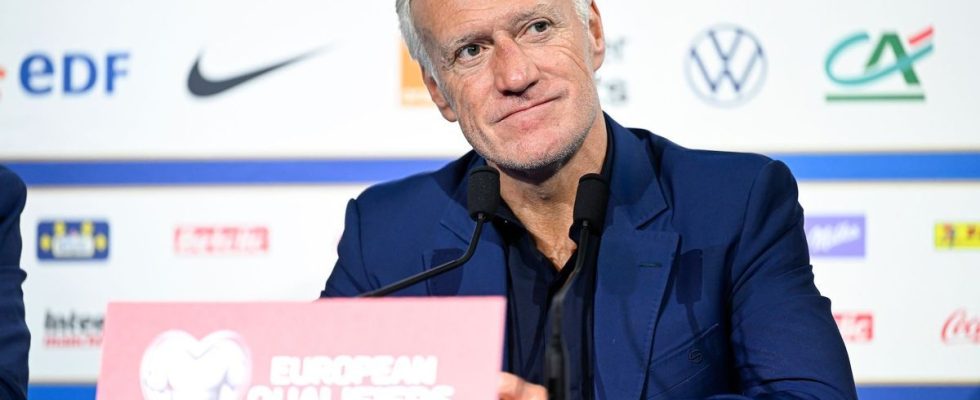Published on
Updated
Reading 2 min.
in collaboration with
Dr Gérald Kierzek (Medical Director)
Back operated on in November 2023, the coach of the Blues, Didier Dechamps, gave his news in the press at the end of December and is said to be recovering slowly. But what are the reasons for back surgery? Dr. Gérald Kierzek, medical director of Doctissimo, answers us
After a year full of emotions, Didier Deschamps was discreet, even during the draw for Euro football. And for good reason: in November, the coach of the France team underwent a back operation, after months of pain that refused to subside.
A forced rest before returning
Nothing indicates any seriousness in the coach’s condition. But Didier Deschamps is currently on forced rest and can only resume physical activity little by little. “I have no choice, I have to take care of myself”he explained in an interview with Figaro.
Quiet in his residence in the south of France, Didier Déschamps has plenty of time to recover: France’s next friendly will not be played until March against Germany. A period of time which should allow him to recover all his mobility.
Reasons for back surgery
If the reasons for his intervention are not clearly mentioned in the articles devoted to Didier Deschamps, our medical director Dr. Gérald Kierzek sees several possible reasons, including one in particular:
“Surgical interventions for back pain may involve a sciatica when it is persistent, recurrent, or disabling. The objective is to remove the hernia in question, that is to say the intervertebral disc which compresses the sciatic nerve. But this operative indication only occurs when there is a failure of well-conducted medical treatment (analgesics, etc.), and a failure of infiltrations. Surgery still remains rare and after several years.“
In this case, the surgery can be done via a traditional technique, which is a vertical incision in the middle of the back to remove the muscle and retrieve the disc, a minimally invasive technique, with a mini-incision of 1 to 2 cm. “It depends on the surgical team, the location and the team’s habits.” specifies the expert.
Other reasons may require intervention. “This becomes obligatory and urgent when there is paralysis, A cauda equina syndrome (i.e., pain that causes urination, defection and perineal problems) or if it is hyperalgesicthat is to say extremely painful and impossible to calm, with a strong impact on daily life”.
Finally, other surgeries can also be considered, such as arthrodesis, which consists of fixing vertebrae together (with screws, plates, gowns) in cases of chronic low back pain.
In the event of the lumbar canal becoming too narrow, it narrows byosteoarthritisenlargement can also be recommended via an intervention.
